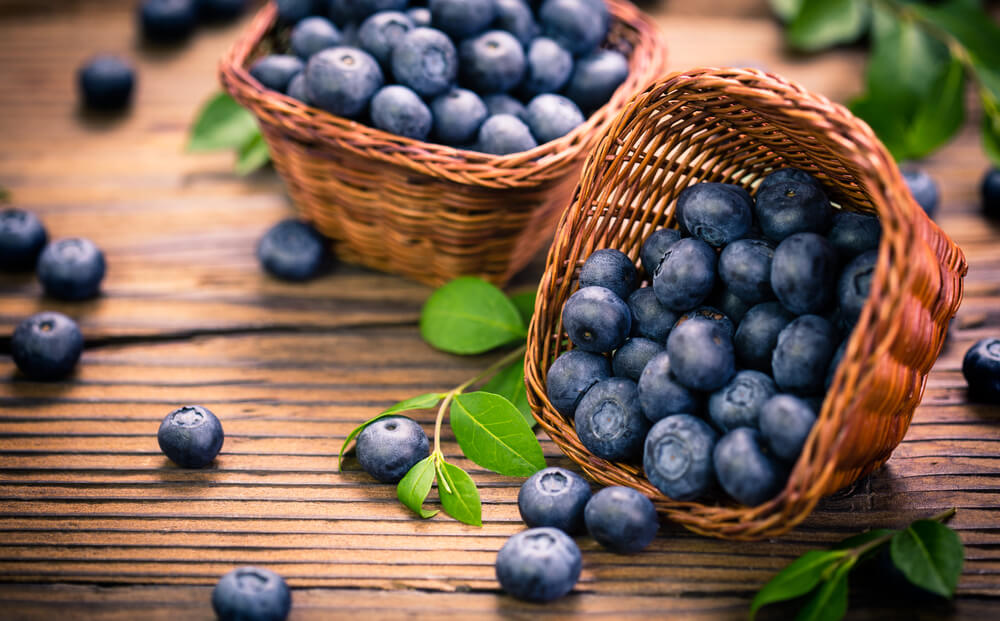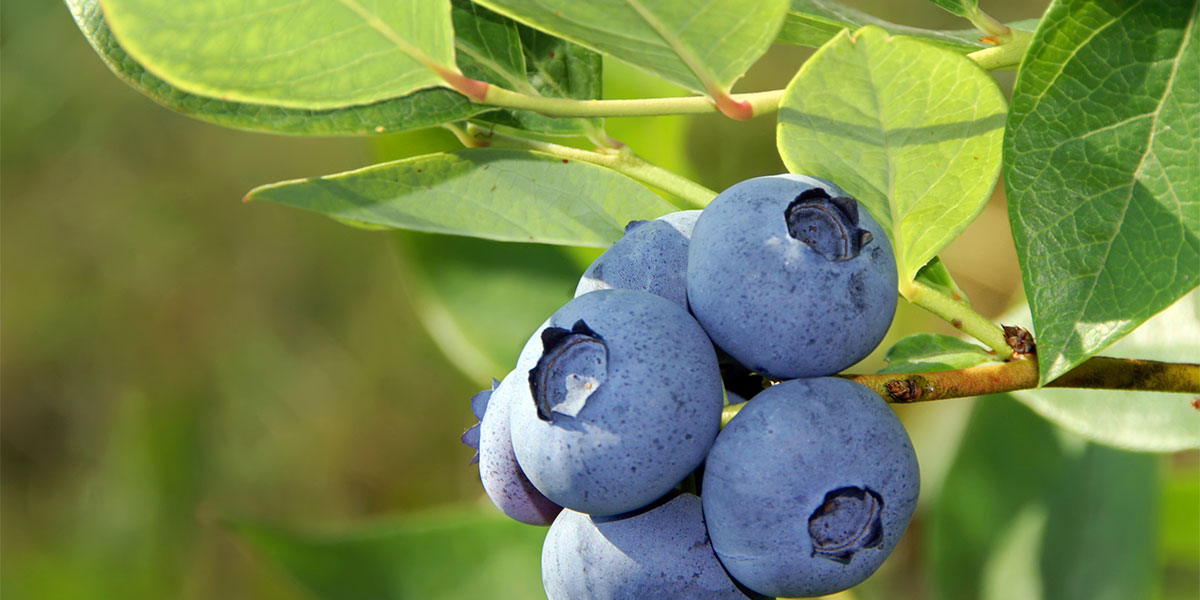How To Grow & Care For Blueberries
Eaten fresh, baked in muffins or as the star attraction in jams or desserts, blueberries (Vaccinium corymbosum) are always delicious. They’re also rich in vitamin C and antioxidants so it’s no wonder they’ve been hailed as a ‘superfood’. Blueberries are easy to grow at home in your garden.
The best blueberries to grow
Blueberry bushes can grow to around 1.5m tall and wide, but there are also compact varieties reaching just 60cm tall that are perfect for growing in containers.
All blueberries will produce a better harvest if there is at least one blueberry bush of a different variety nearby, for cross-pollination, although most are able to self-pollinate to some extent. If you only have space for one blueberry bush, choose one listed as being self-fertile.
In Australia there are three main types of blueberry:
- Northern highbush – suited to the cooler climates of Victoria, Tasmania and NSW Southern Highlands; varieties include Bluecrop, Brigitta, Caroline, Elliott, Puru
- Southern highbush – prefers warmer areas including most of NSW and Queensland; varieties include Biloxi, Legacy, Misty, Sharpe Blue
- Rabbiteye – best in warmer areas including NSW and Queensland but will tolerate cooler climates almost as well; varieties include Brightwell, Centurion, Maru, Powder Blue, Premier
Northern highbush blueberry varieties are deciduous (lose their leaves over winter) while southern highbush and rabbiteye varieties are semi or fully evergreen (leaves all year round).
Essential blueberry planting equipment list
To plant blueberries in your garden, you will need:
For planting in soil
- Spade
- Soil pH test kit
- Leafmould, composted pine needles or Scotts Osmocote Plus Organics Plant Food & Soil Improver for Roses, Gardenias & other acid-loving plants.
For container planting
- Container at least 30cm in diameter
- Hand trowel
- Scotts Osmocote Potting Mix for Roses, Gardenias, Azaleas & other acid-loving fruits and plants
Your guide to planting blueberries
The best time to plant blueberry bushes is from mid winter to early spring, in a position protected from strong winds. They produce their best crops in full sun but will cope with some shade.
It’s essential to give blueberries the right soil conditions. They will only grow well in acid soils with a pH of 5.5 or lower.
You can test your soil’s pH level with a pH test kit – these are readily available and easy to use. Follow the instructions carefully. You can also have your soil pH tested by an analytical laboratory. Some garden centres also offer a testing service.
If your soil is only slightly acidic, you can lower the pH by adding powdered sulphur. This needs to be done at least a month before planting to it to work effectively. The simplest solution to not having the right soil for blueberries is to grow them in a container, where you can control the type of soil used.
How to plant blueberries
- Before planting blueberries in the ground, dig in lots of acidic organic matter like leaf mould, composted pine needles or soil improver, to improve the soil structure and drainage. Don’t use manures or mushroom compost as they are usually too alkaline.
- Space plants 1.5m apart.
- After planting, add a mulch around the base of the plants.
- When planting blueberries in containers, choose a pot that is at least 30cm in diameter, with good drainage holes and fill with a premium acidic potting mix.
Caring for blueberries
When growing blueberries in pots, once the roots start growing through the pot’s drainage holes, repot into a larger container.
Don’t overfeed blueberries grown in the open ground, as this will reduce the harvest. Instead, mulch the bushes annually, and feed them with Scotts Osmocote Controlled Release Fertiliser for Roses, Gardenias & other acid-loving plants.
Give your blueberries a fortnightly boost with Scotts Osmocote Pour+Feed for Roses, Gardenias & Azaleas ready-to-use liquid fertiliser.
How to prune blueberries
Make sure you don’t prune blueberry bushes until they are at least two years old, then prune annually in late winter or early spring, following these steps:
- Remove any crossing or damaged stems
- Remove any low branches that trail on the ground.
- Cut one in every four old stems to the base of the plant. This promotes new growth which will bear more fruit.
- Remove all twiggy growth on the ends of last year’s fruit-bearing stems, cutting back to a strong upward-facing bud or shoot lower down the stem.
Harvesting blueberries
Blueberries start to ripen from mid-summer onwards. It’s easy to tell when to harvest blueberries, as the fruits turn a dusty blue colour. Leave the berries on the plant for a day or two after ripening to allow them to develop their flavour, and then pick them.
Ripe blueberries should come away easily from the stalks. Fruits ripen at different times on the same bush, so keep checking the bushes and pick the berries as they ripen.
Pests & Diseases
The biggest challenge when growing blueberries is stopping the birds getting to the berries before you do.
- Cover the bushes with bird netting (maximum 5mm mesh to minimise birds being caught in nets), but only do this once the berries have started to develop or you’ll stop bees and other insects getting to the flowers to pollinate them.
Blueberries can be affected by powdery mildew, a fungal disease that looks like a white powdery deposit on leaves that can reduce the plant’s vigour. It is often a sign of drought-stress, so to reduce the risk:
- water regularly.
- Powdery mildew is less of a problem for plants grown in cooler areas.








